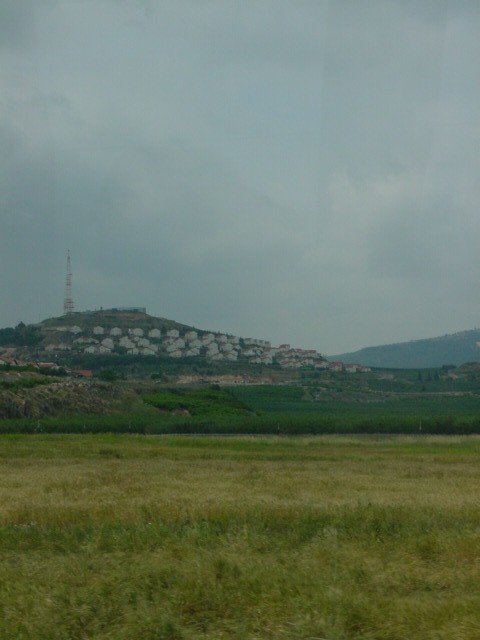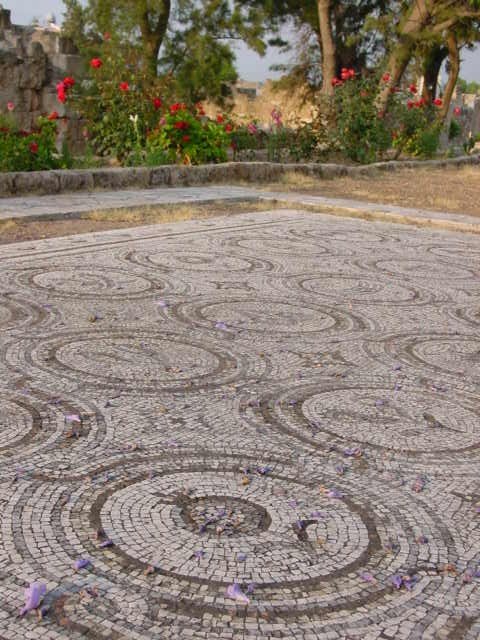May 23, 2002
We will spend a few more days in Lebanon, but will continue to use the Monastery as our home base. This means a lot of time spent in busses, but the countryside in Lebanon is breathtaking. It is far more luscious and fertile than the Galilee. Lebanon is well-known for its ancient cedars (of which few are left, but are kept in preserves), so much so that Solomon built his Temple from them. Lebanese see the cedar as a national symbol - its strength endures, as does theirs.
Beautiful Lebanon.
We headed down to southern Lebanon, for which we had to receive special visas. This is the area that was under Israel Occupation until 2000, an occupation that ended, we were told, due to the fierce resistance of Hezbollah. The people of the region are grateful for that liberation, as is evident by the waving of Hezbollah's yellow flags everywhere you go.
An Israeli town in the distance.
Our first stop was to meet with church leaders in the town of Marj Ayun at the Greek Orthodox Patriarchate. In addition to the Orthodox bishop, we also met with the Greek Catholic (Melkite) bishop and the National Evangelical (Presbyterian) pastor of the town. They also underscored the importance of the newly-received liberation of the area as well as their deep concerns about continued Christian emigration which is weakening all of the ancient churches in this land. They also underscored the cooperation between Christians and Muslims, something we have heard many times over the past few weeks from leaders and people alike.
Israel in the distance through the barbed wire at the former Al-Khiam prison and torture center.
One of the chilling signs at Al-Khiam.
We headed from there to the infamous Al-Khiam Detention Center/Prison, used by the Israelis and their puppet army, the SLA (Southern Lebanese Army). We had seen a documentary on the place last year on BBC - the evidence of torture and brutal interrogation is rampant and has fed a lot of anger in this part of the world. It was chilling to look at the men's and women's prison cells, the solitary confinement boxes (too small to be called rooms) and torture posts, and then to hear from former prisoners. The place is now run as a museum as a testament to the suffering that took place here. The power of place and its stories was lessened by the feeling that our presence was being capitalized on as a propaganda tool - but that's true of most places these days on all sides of the various conflicts in the region.
Ancient Mosaic at Tyre.
The ruins of ancient Tyre.
After lunch, we headed up to Sour, the site of ancient Tyre. Jesus once ministered here (Matthew 15), a reminder that in his days the borders between these places were a lot more flexible than they are now. We entered the ruins of ancient Tyre by way of the necropolis, heading towards the central attraction, the massive hippodrome, where we stopped to reflect on Jesus' passing through here. We're trying to take time along these two weeks to do some Bible study in different places to reflect on the meaning of our time here.
Among the ruins of ancient Tyre.
We stopped in Sidon for ice cream on our journey home, a welcome break in a long day of bus travel. It was an intense day, a difficult one to sort through - meeting with bishops, seeing the prison and signs of Hezbollah, and walking through the ancient ruins - all images that swirl in our minds, as we try to sift through it all and understand this region better.







